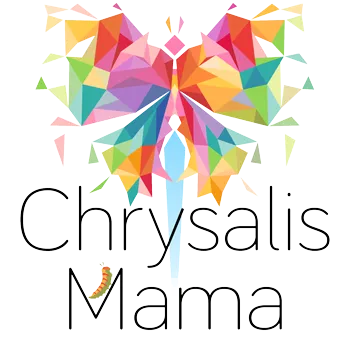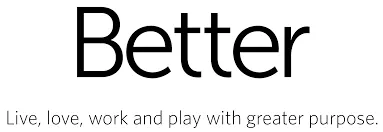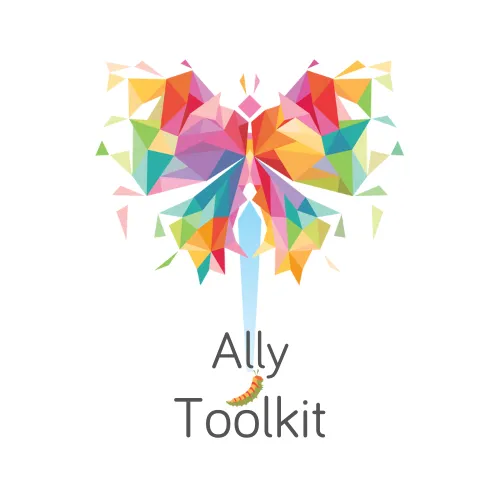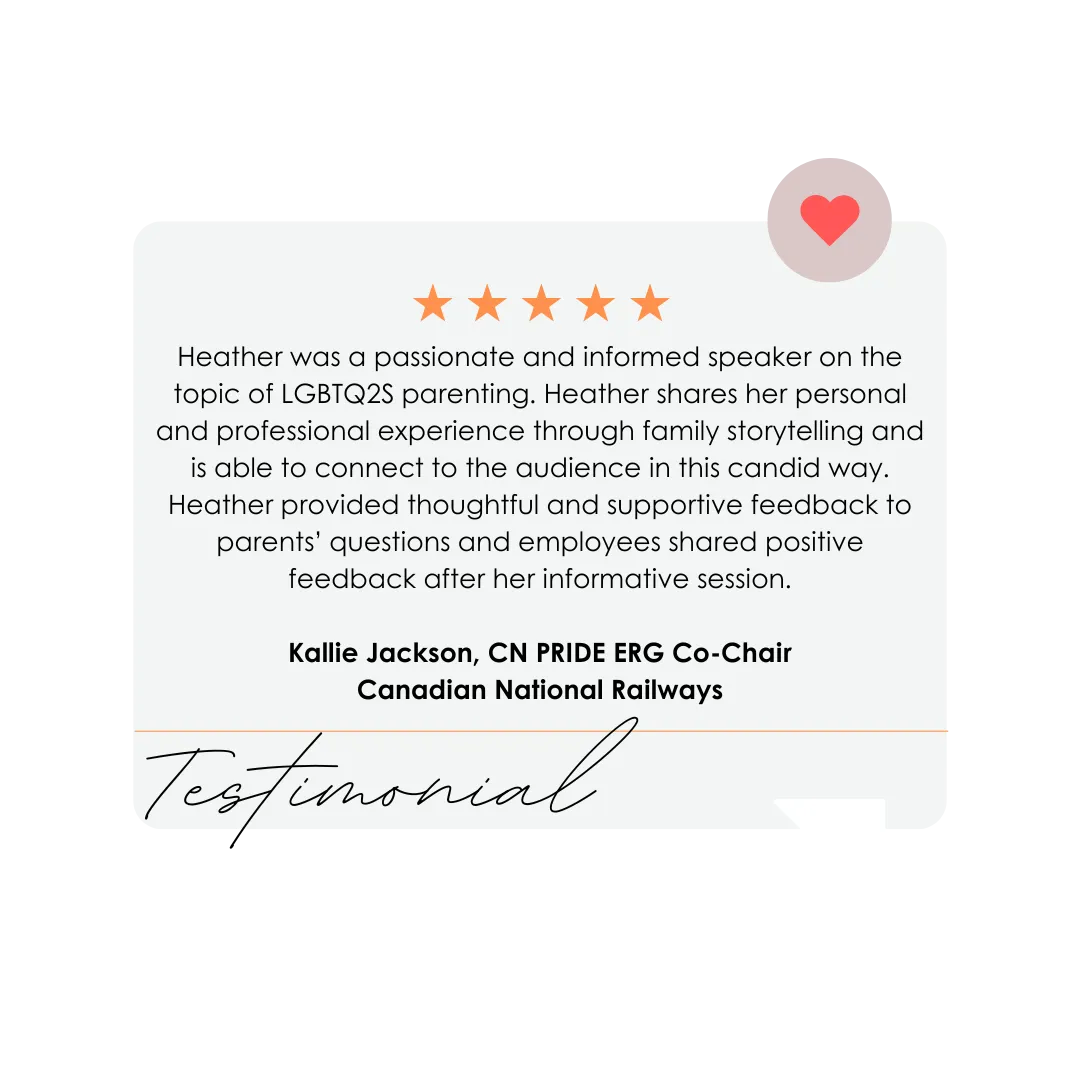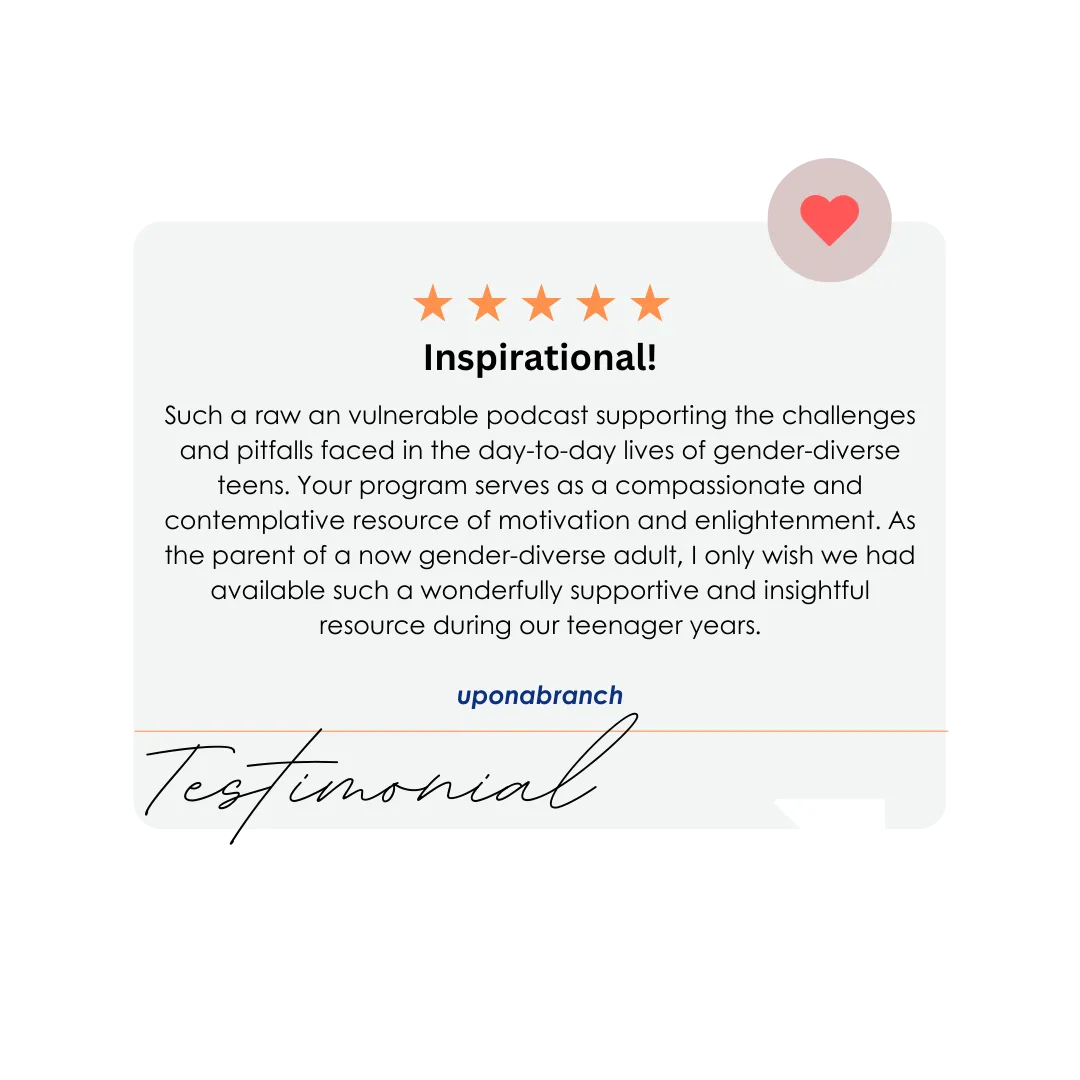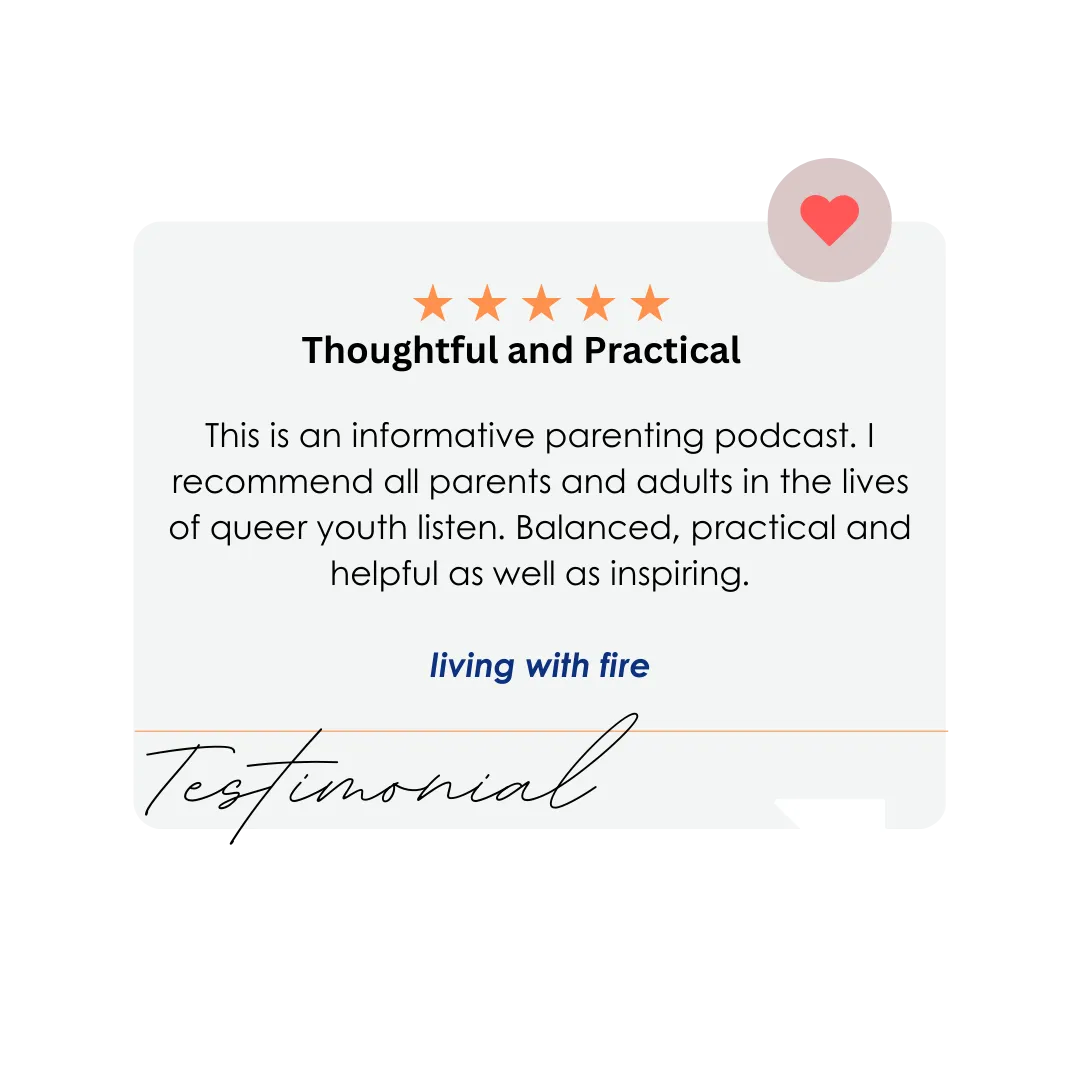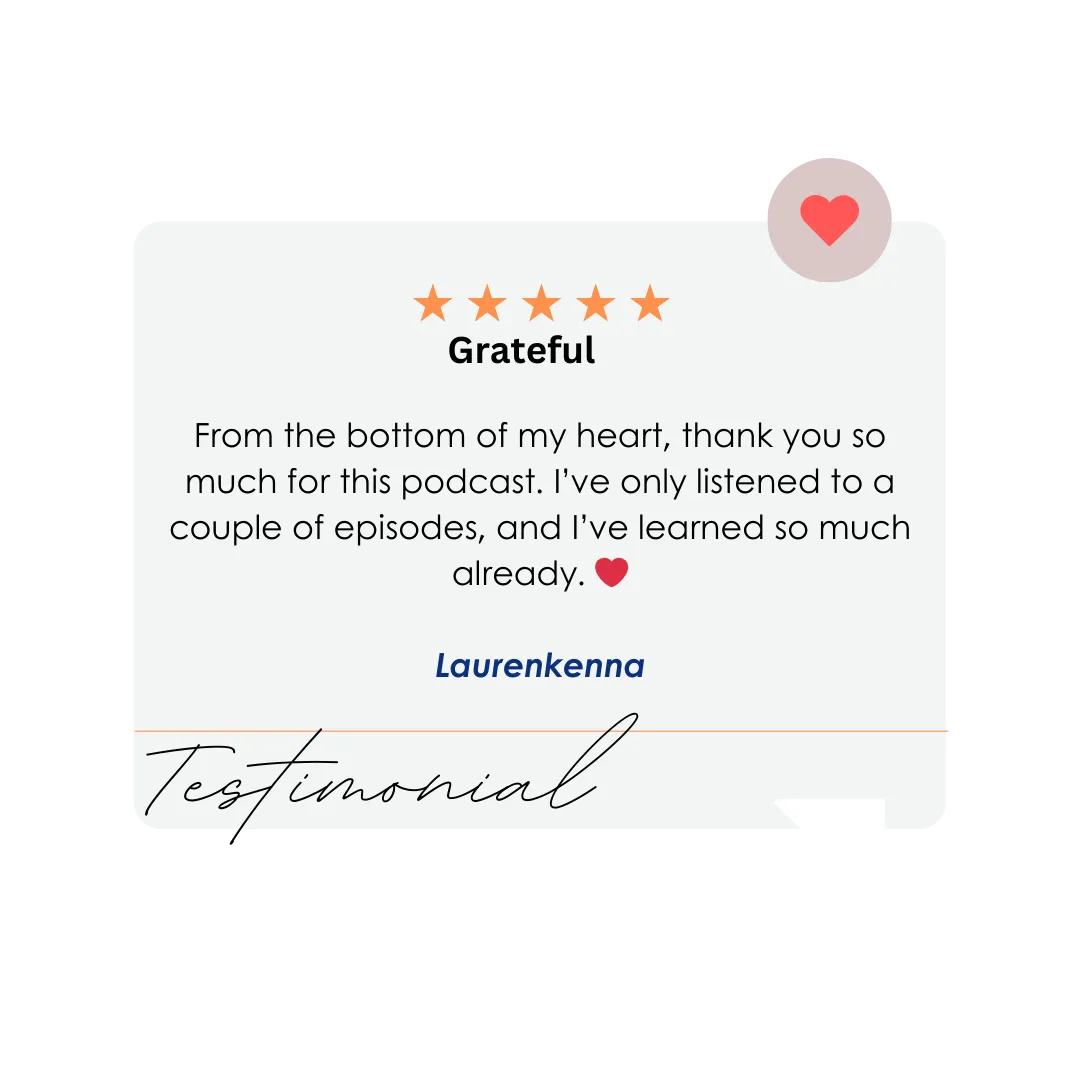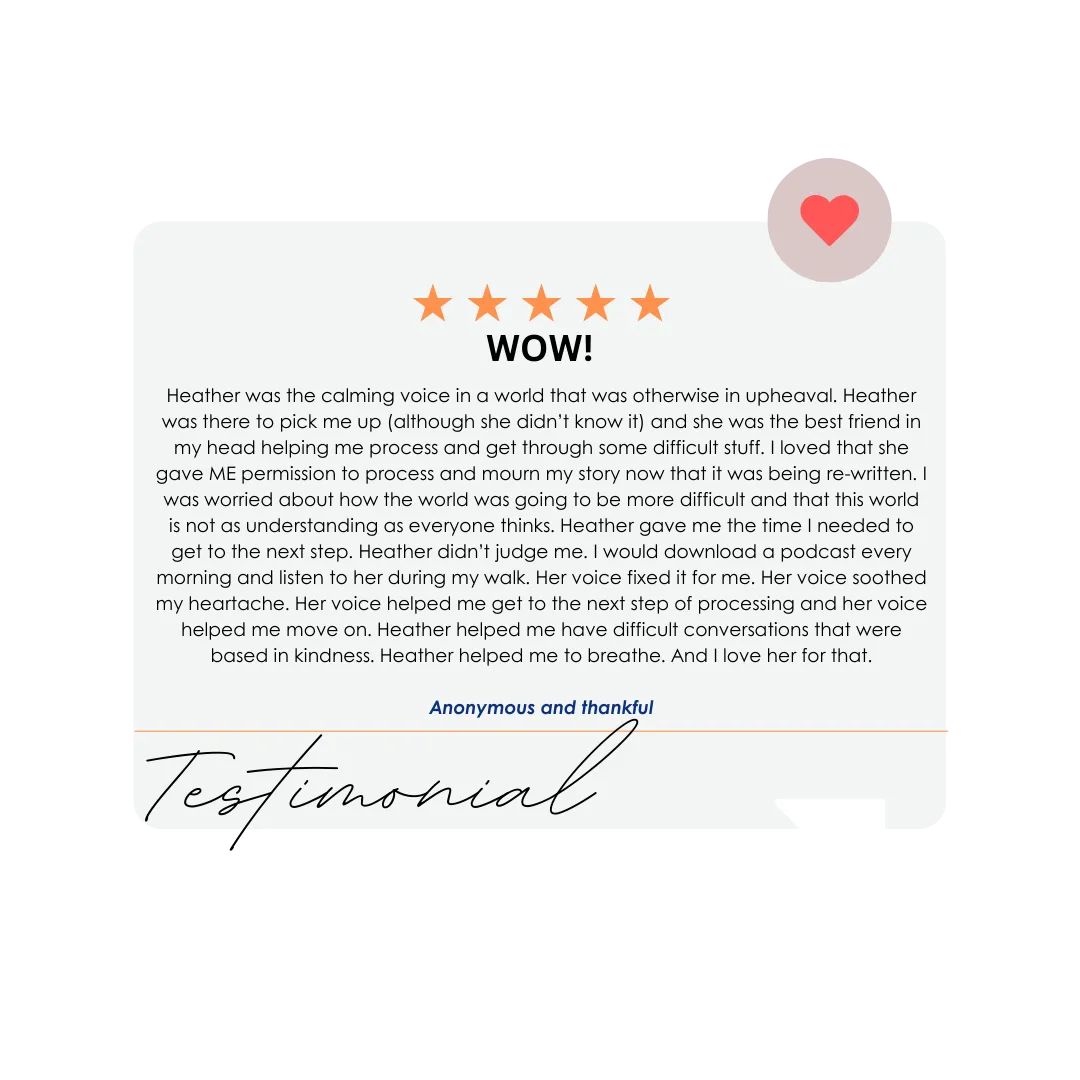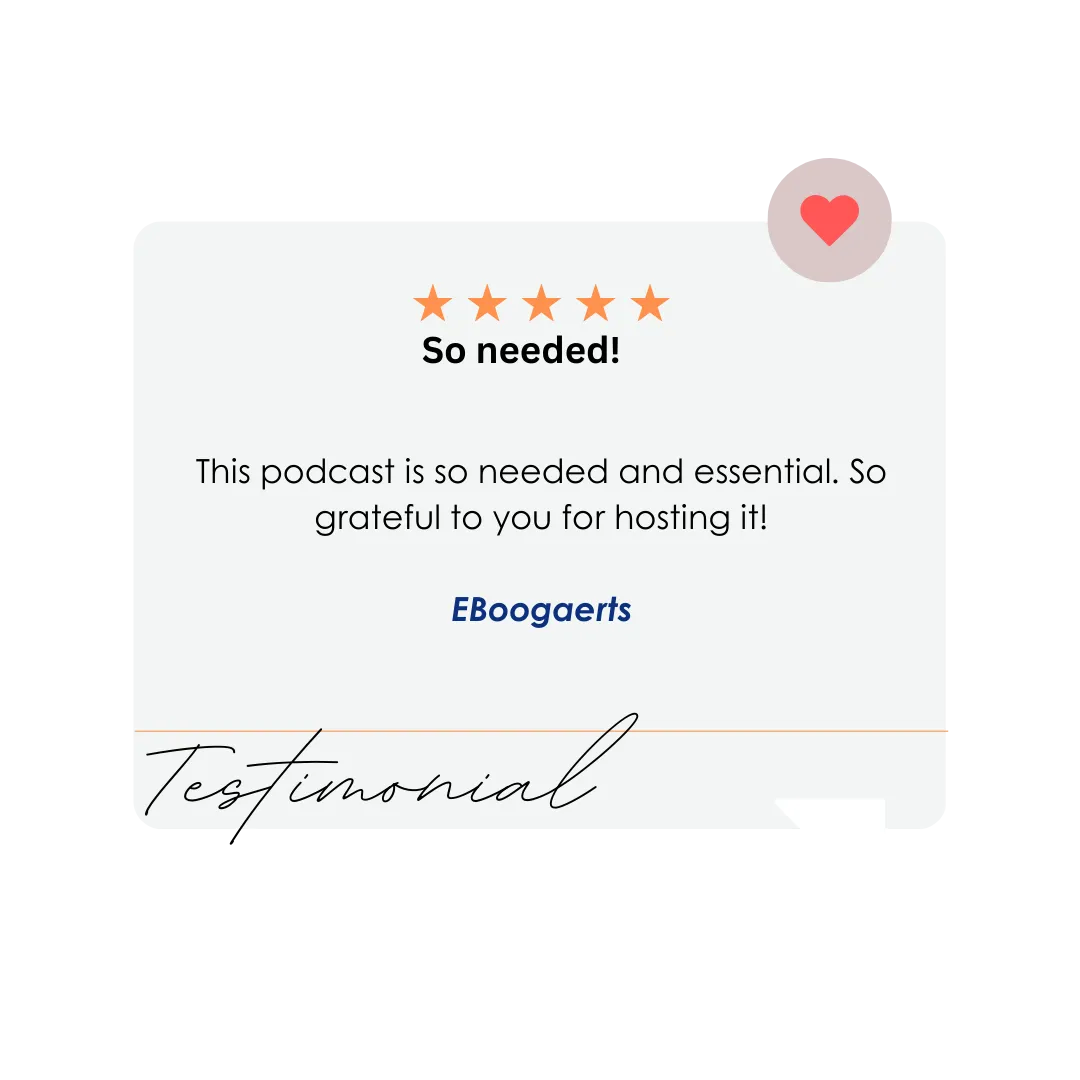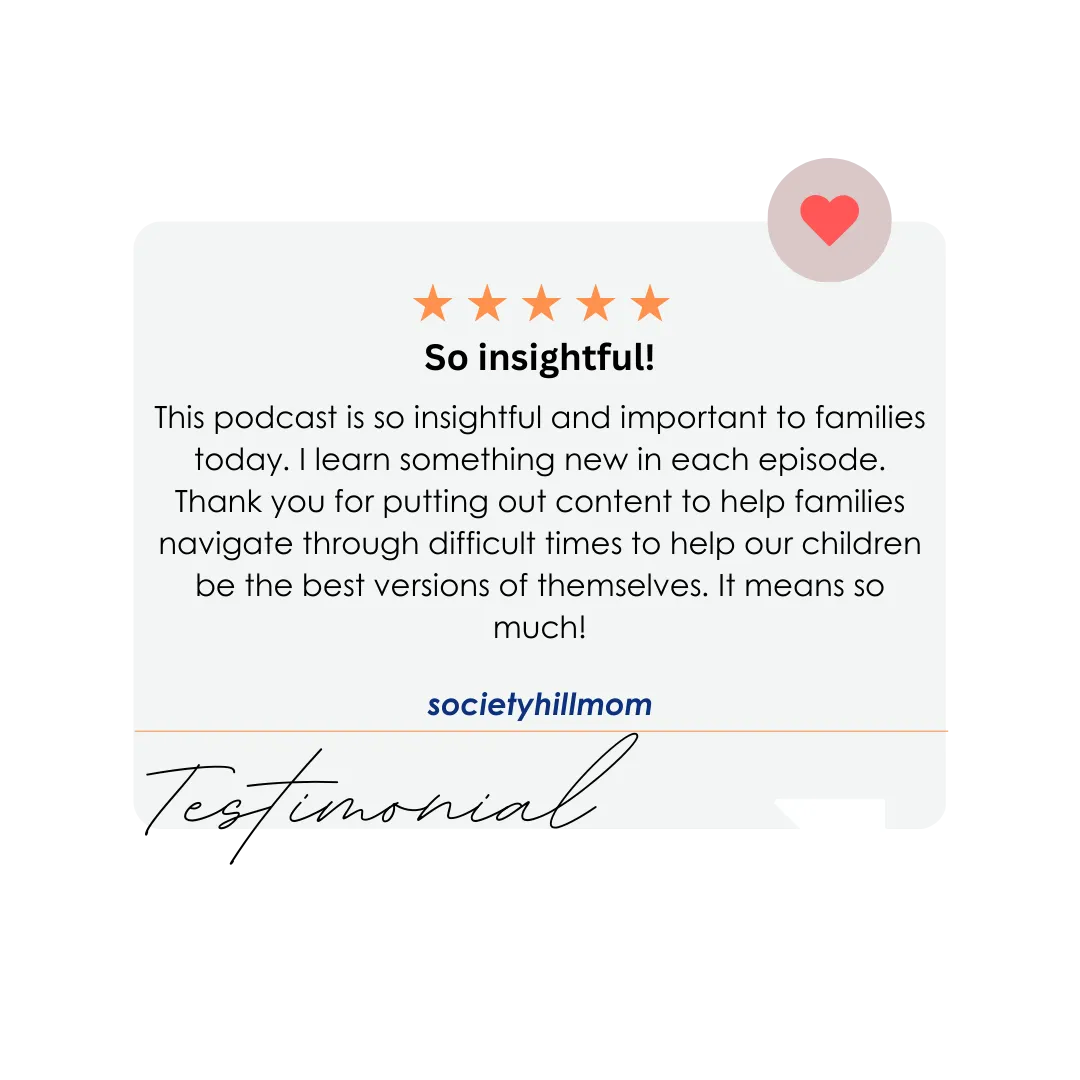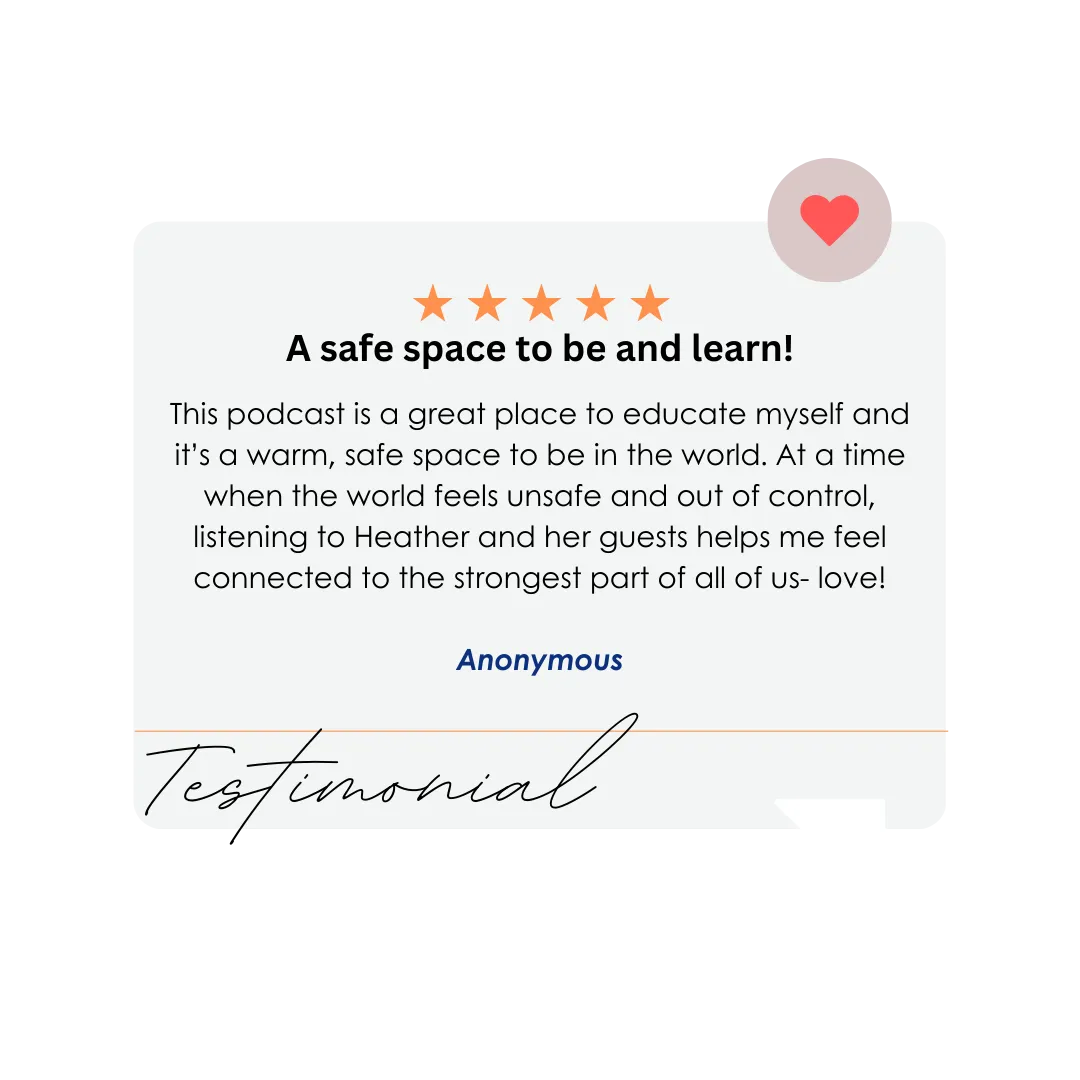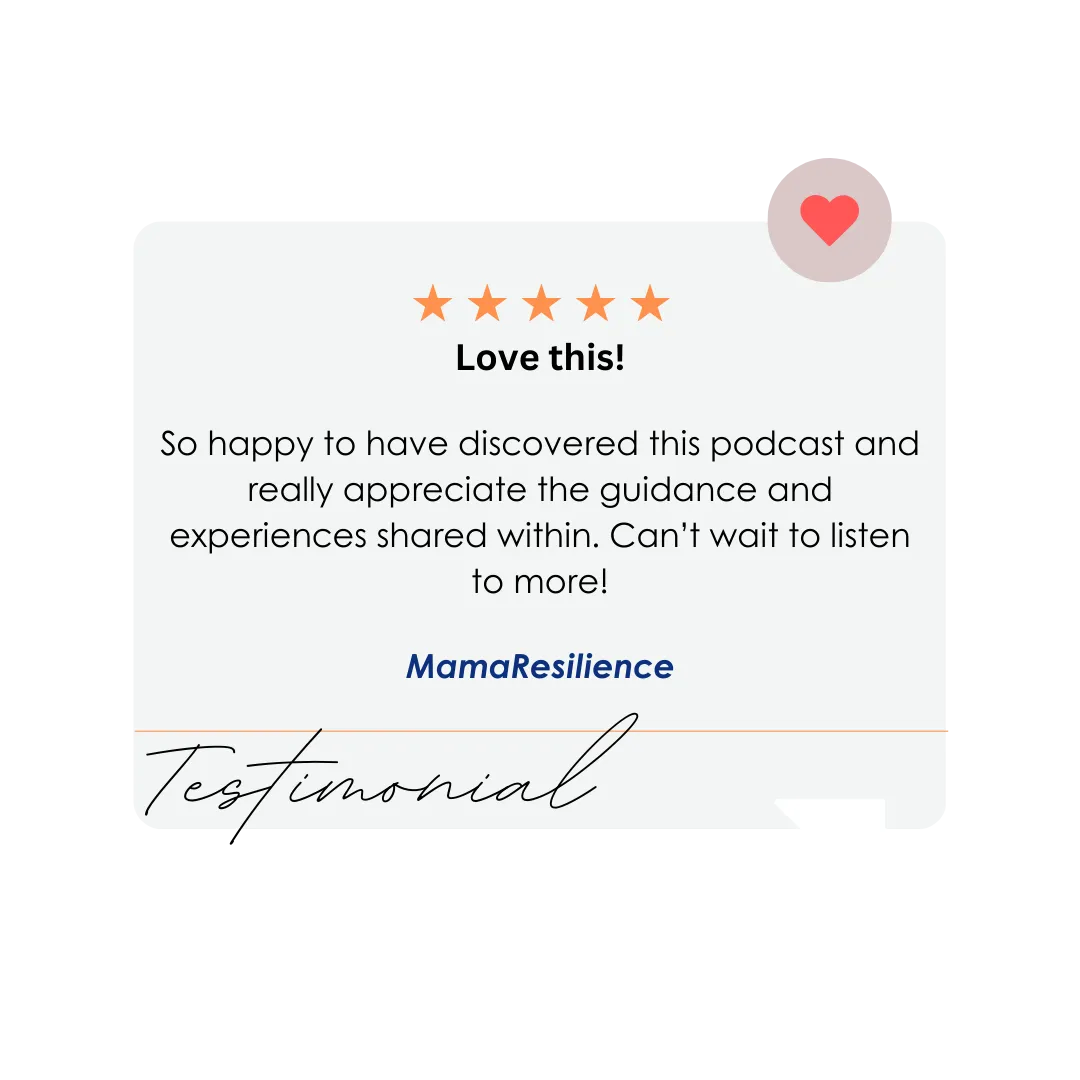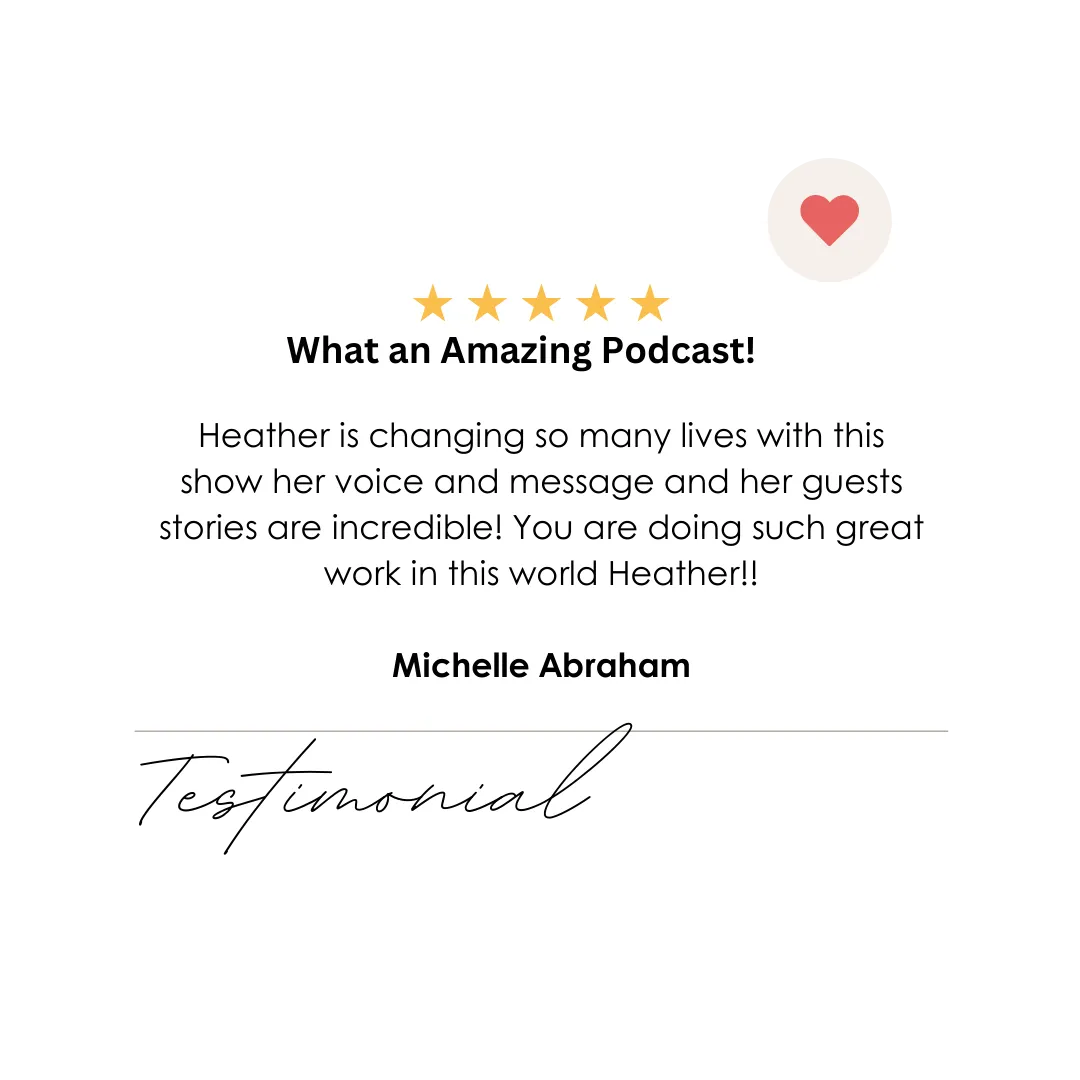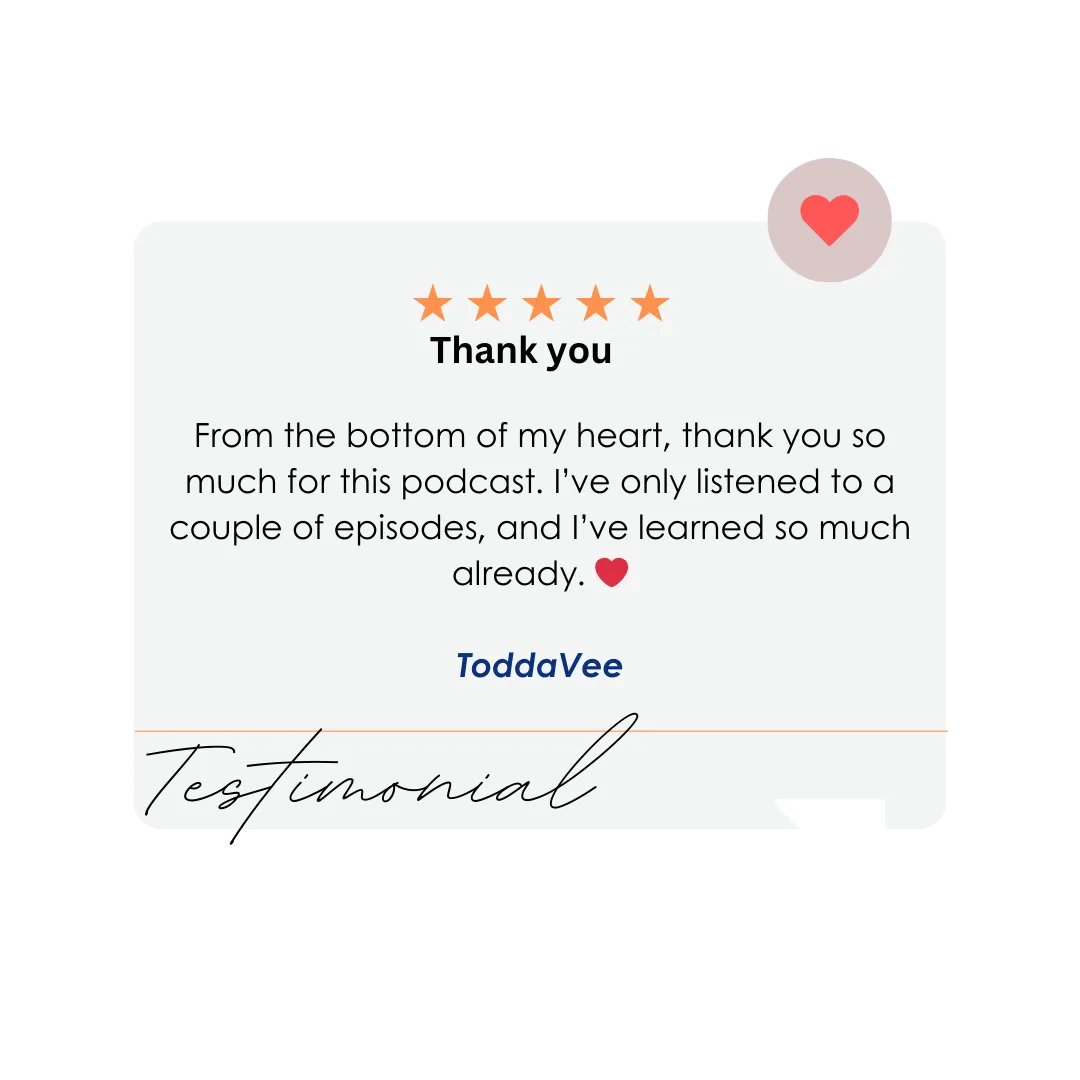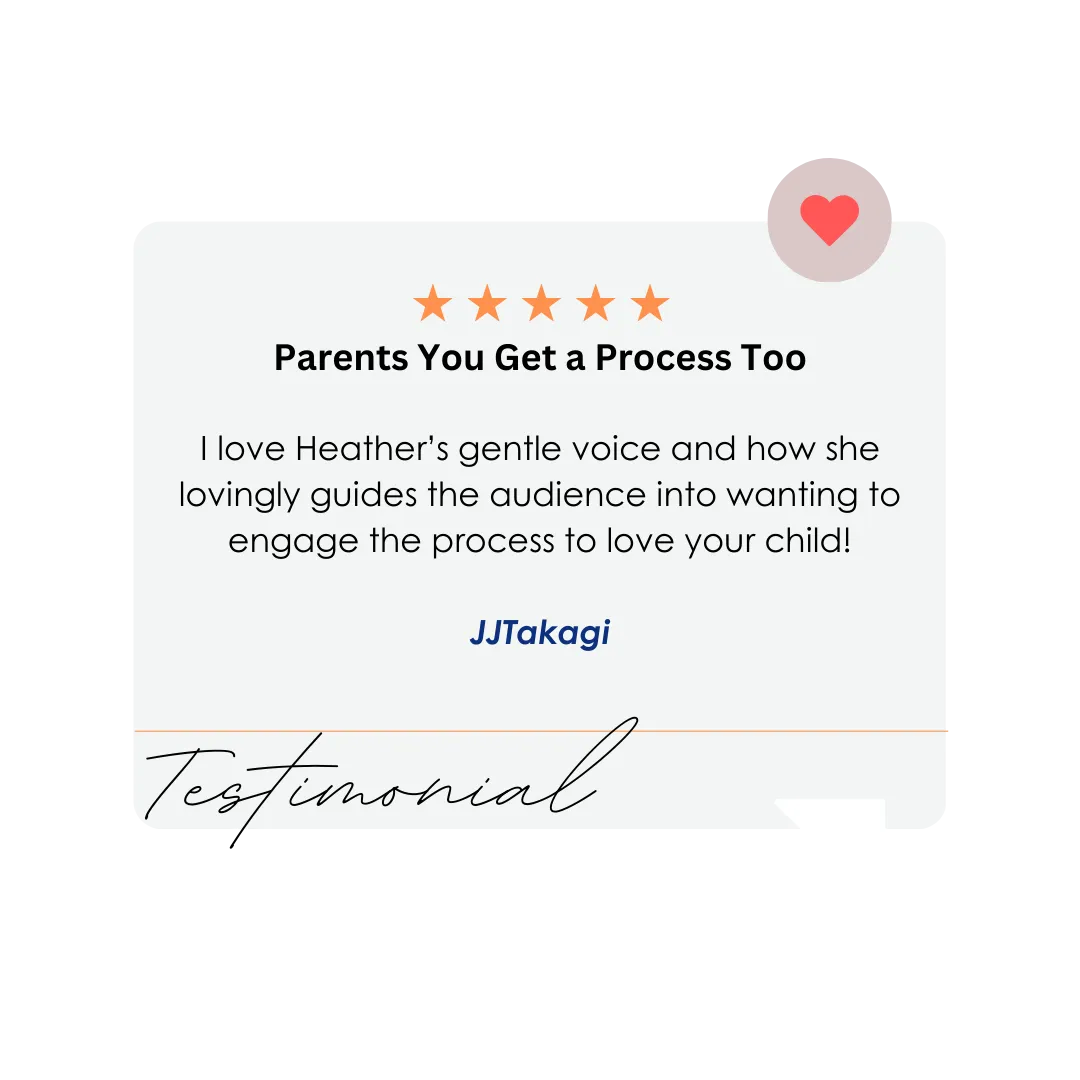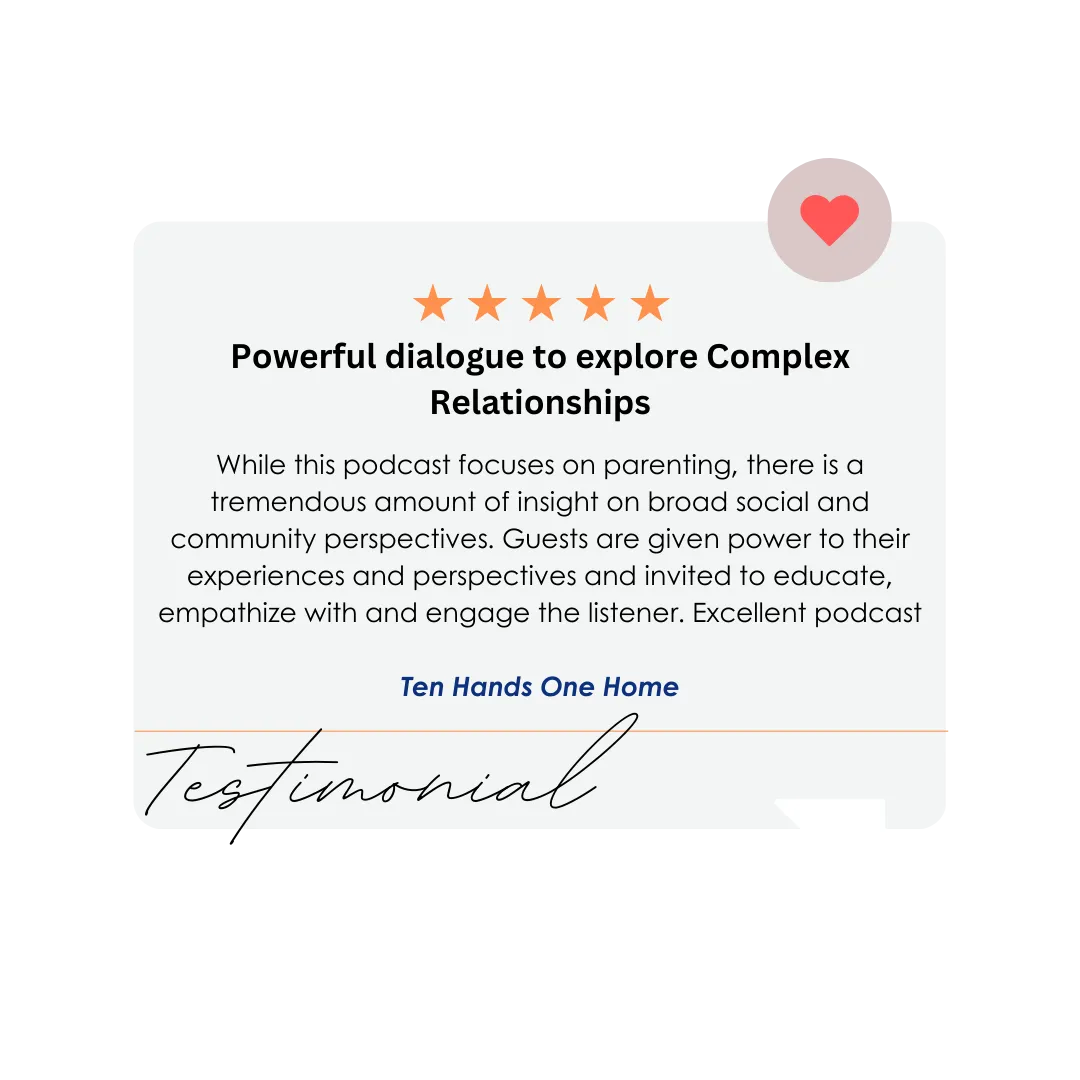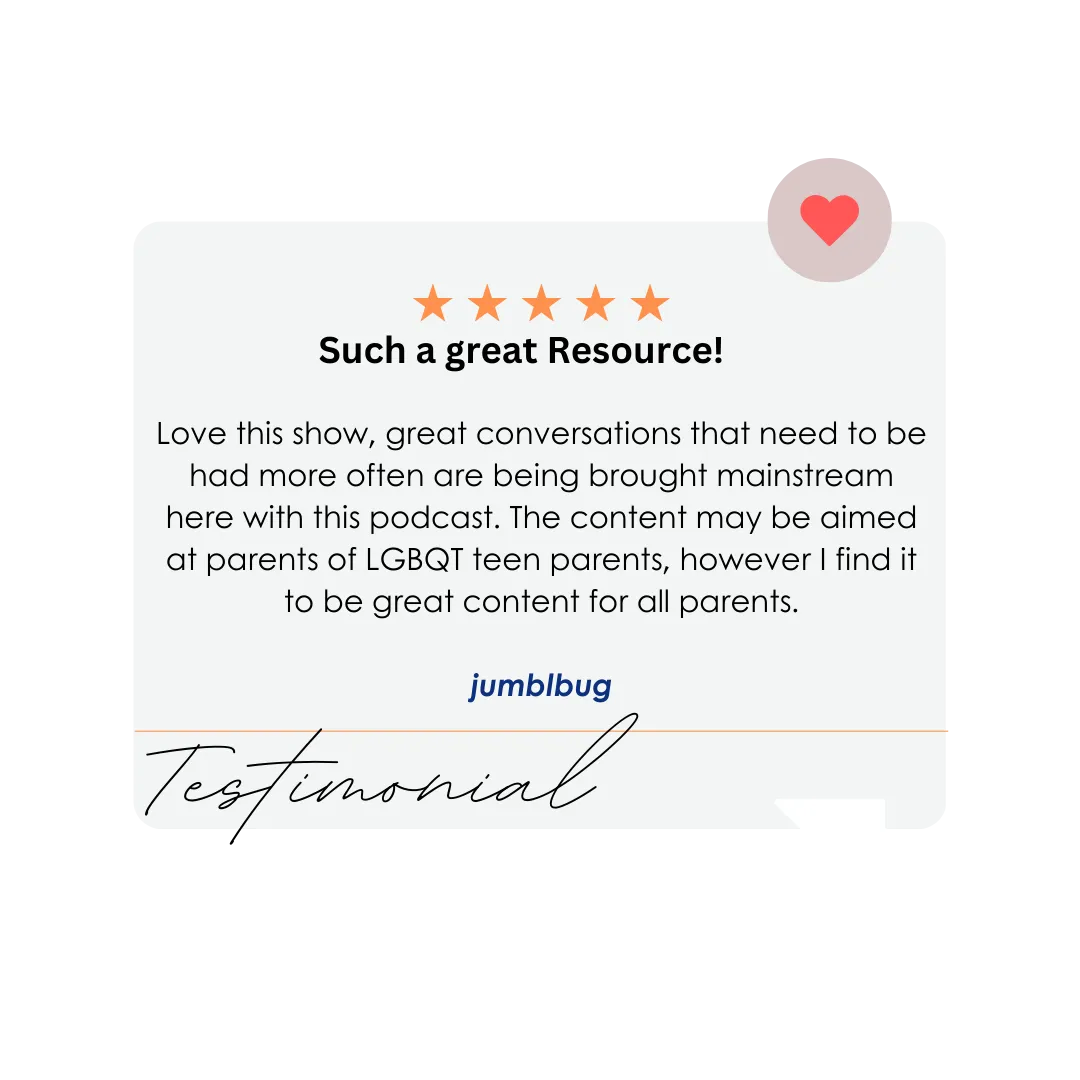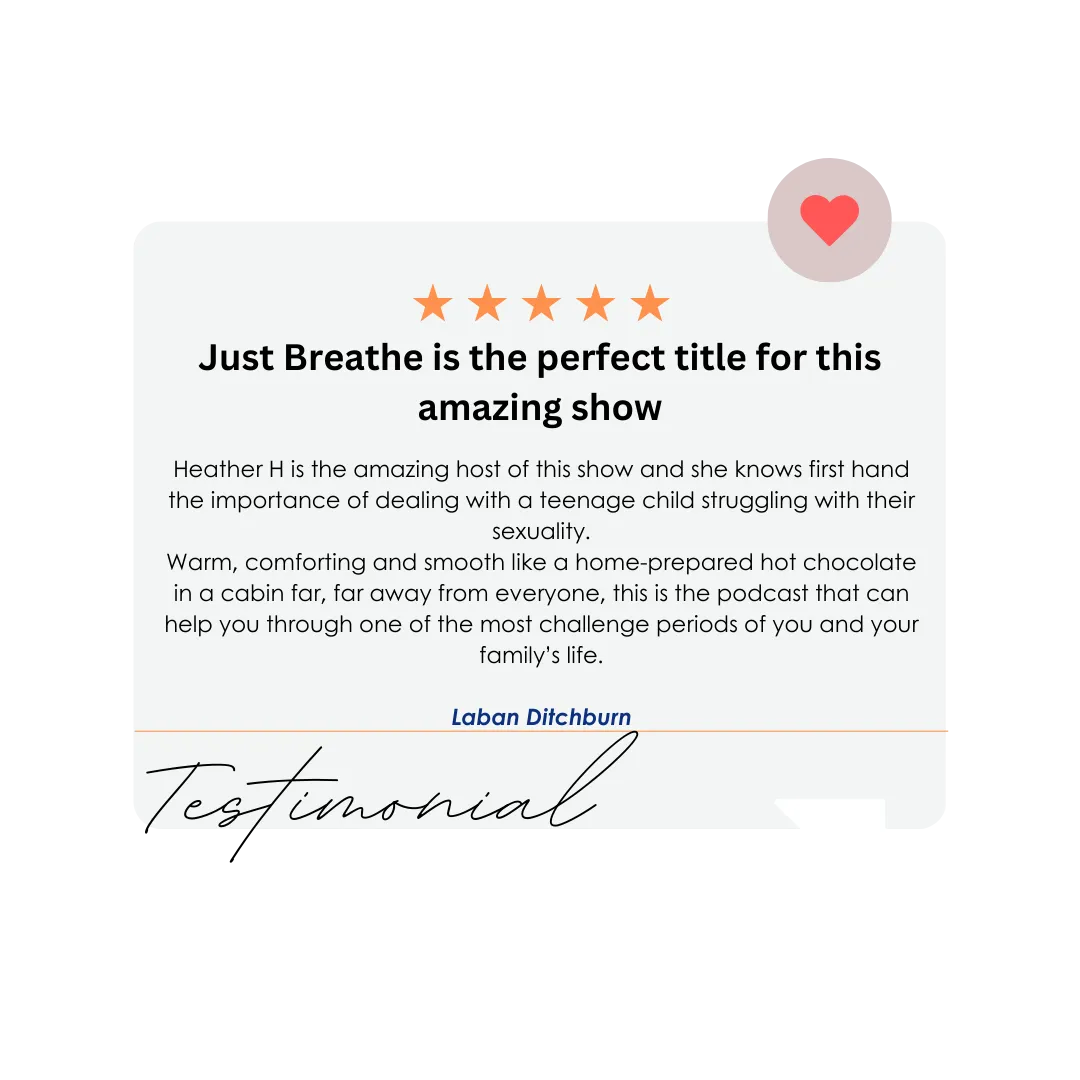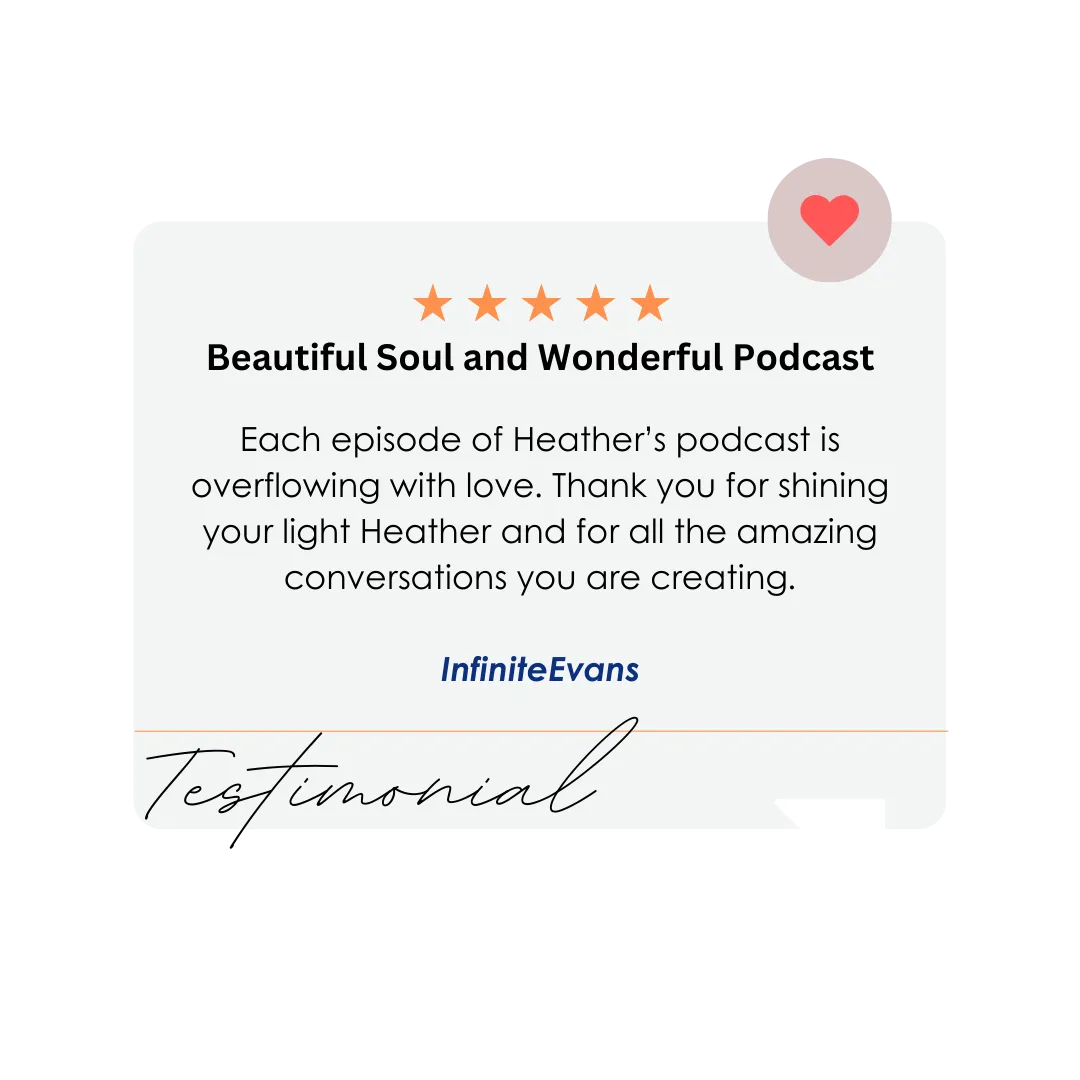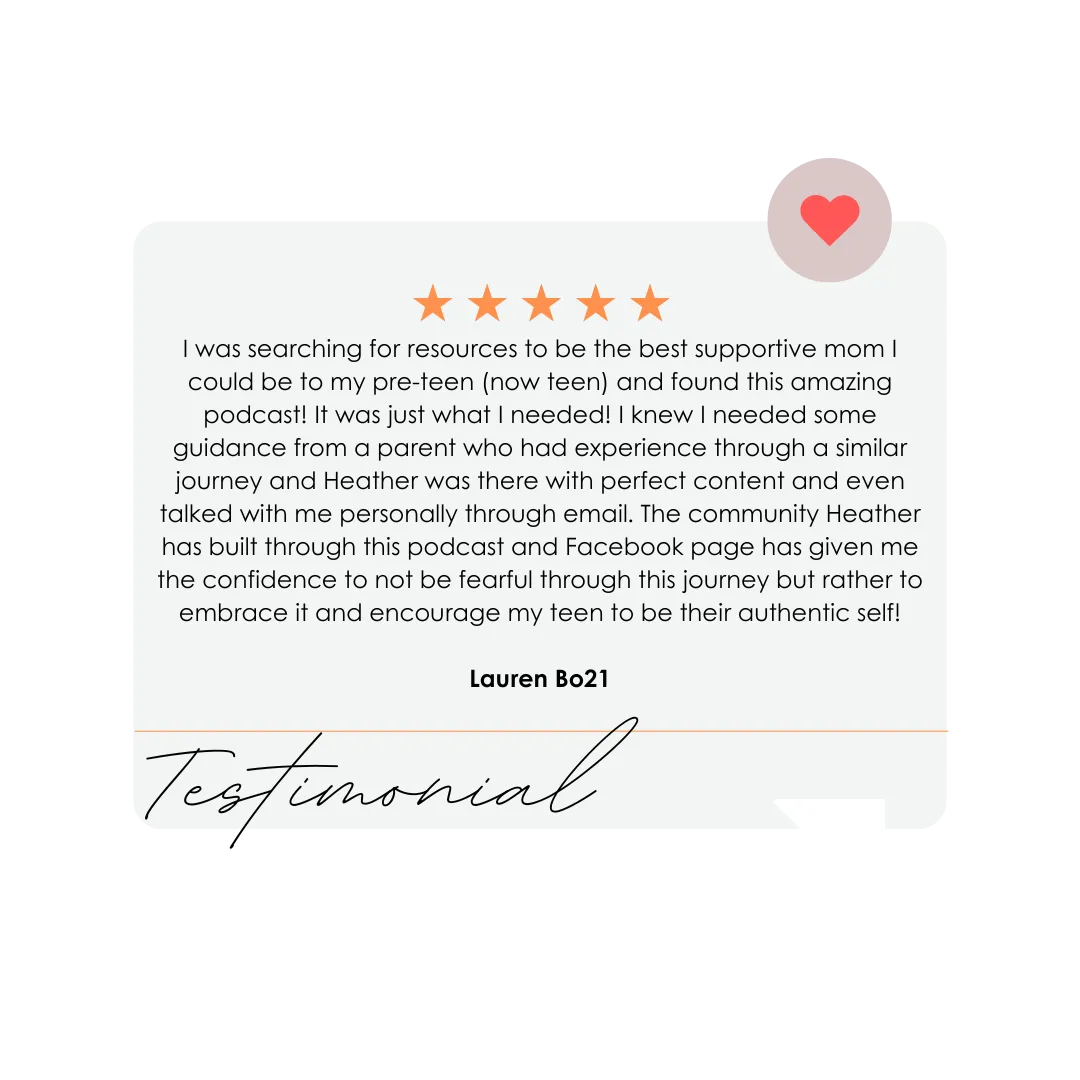
Solidarity • Advocacy • Empowerment
For all LGBTQIA2+ Individuals + Families, Organizations, and Schools through
Coaching, Consulting, and Education
Podcast
EPISODE 78:WHEN YOUR LGBTQIA+ LOVED ONE FACES NON-AFFIRMING FOLKS DURING THE HOLIDAYS
DISCOVER CHRYSALIS MAMA
Transforming the Conversation
Hi, my name is Heather Hester. Welcome to Chrysalis Mama.
You have probably landed on this page because your child or a loved one (grandchild? niece? friend?) has recently come out as lesbian, gay, bisexual, transgender, queer, or another sexual orientation or gender identity and you are looking for resources and tools. I know the joys and challenges of parenting an LGBTQ child.
Or, maybe you’re here because your company or organization is looking for Diversity, Equity, and Inclusion (DEI) speakers or consulting. I can help you with that!
Don’t panic. Take a deep breath. You are in the right place. I’ve been where you are. I’ve felt the shock, the joy, the terror, the growth, the unconditional love, the fierce mama bear response. It’s A LOT! And, it can be challenging to find support, guidance, resources, and education. That’s why I’m here.
Chrysalis Mama is the product of our family’s journey with depression, anxiety, and embracing our son, who, among many wonderful traits, is gay. It is my desire to pass on valuable information and offer support to those who are on a similar journey of loving and raising an LGBTQ+ child.
My mission is to transform the conversation around embracing, education, empowering, and loving LGBTQIA+ adolescents, teenagers, and young adults.
You may be asking – how do we change this conversation? I believe it starts within each one of us, blossoms within our families, and then grows within our communities and beyond. My principles are simple yet effective – To embrace, educate, empower, and love.
I am grateful for this opportunity to connect with parents, allies, advocates, and all who are, among all of their many wonderful traits, LGBTQ!
Nestled in this site you will find:
My award-winning podcast, Just Breathe: Parenting Your LGBTQ Teen
An in-depth blog
Resources, including a glossary and mental health support
Details on the keynote and workshop speaking opportunities I offer
Multiple other ways to connect and learn!
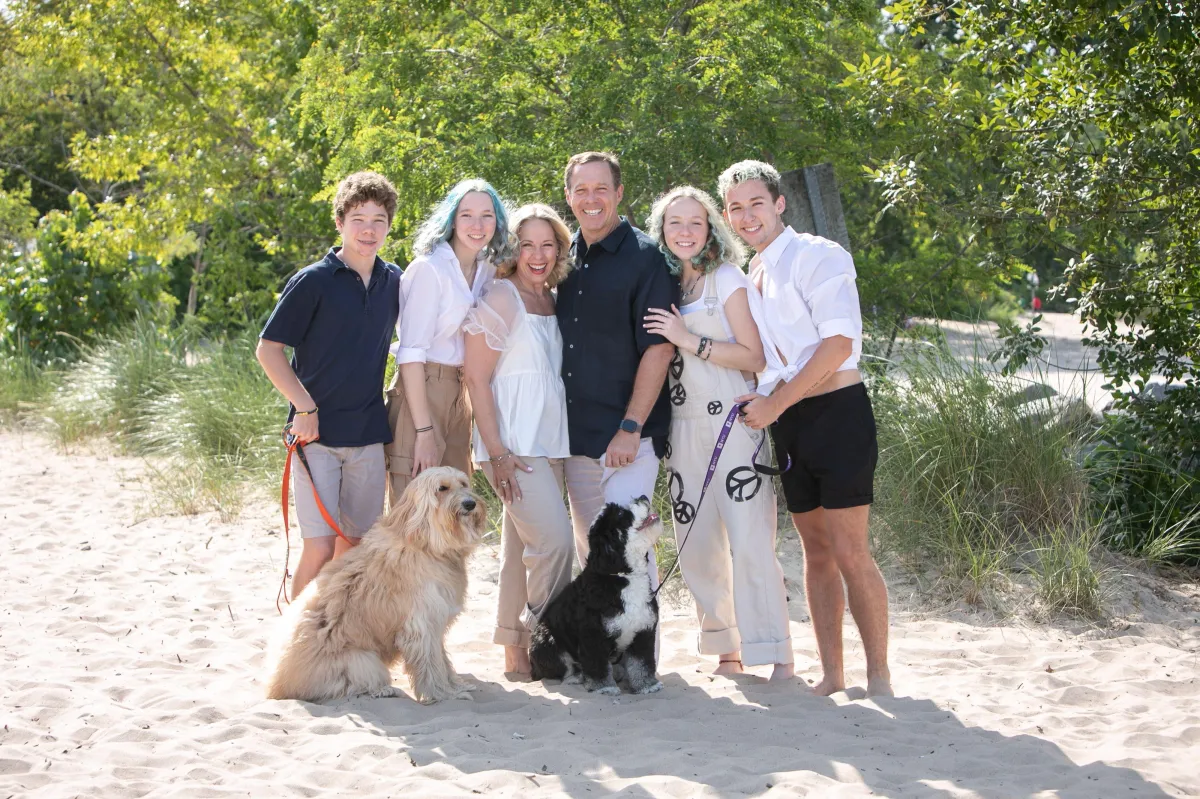
PODCAST
Do you have a child, teen, or young adult who identifies as lesbian, gay, bisexual, transgender, queer, or another sexual orientation or gender identity?
Do you feel alone in your effort to support them on their journey or navigate your own?
Do you want to learn how to make your work environment more inclusive and well-informed?
Using a combination of solo episodes on in-depth topics and interviews with fascinating guests. Just Breathe: Parenting Your LGBTQ+ Teen helps calm you, educate you, inspire you, and support you on this beautifully unpredictable journey.
BLOG
Covering topics ranging from the LGBTQ+ coming out process to mental health to improving diversity, equity, and inclusion in corporate spaces - the Chrysalis Mama blog is a space to learn, grow, and become empowered.
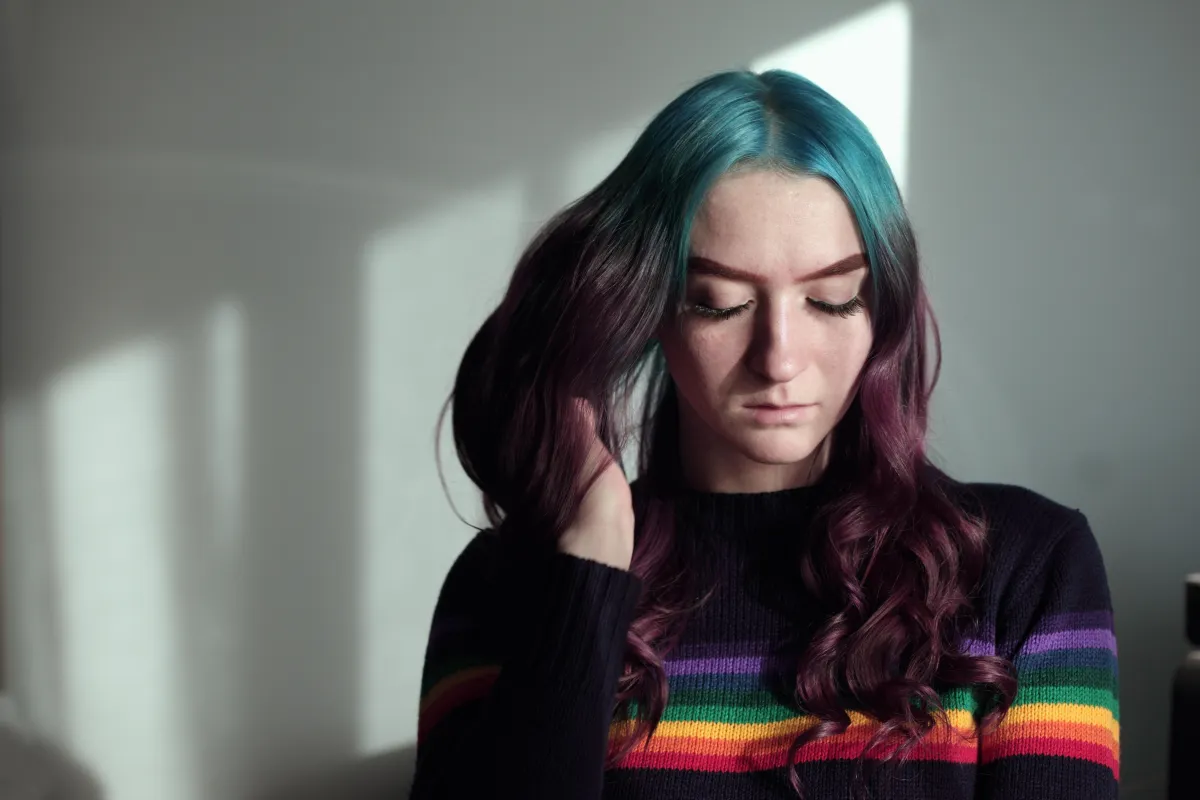
Empowering LGBTQ+ Youth Preventing Bullying Guide | Chrysalis Mama
“ Advocate that your school establish zero-tolerance policies for LGBTQ+ bullying and harassment. Identify “safe spaces,”...” - Heather Hester
HOW TO PROTECT LGBTQ+ YOUTH FROM BULLYING
Being a teenager today is tough. Being a teenager who is LGBTQAI+ is exponentially more difficult. Think about what a typically developing teenager goes through on an average day - school (academic, social, and extracurricular stress), navigating social media, physical and mental changes, and so on. Now add potentially non-affirming family, friends, and teachers, as well as physical, psychological, and electronic bullying to the mix, and you have a day in the life of 52% of our LGBTQAI teenagers (according to a recent survey by Trevor Project).

Why Are LGBTQ+ Youth Bullied?
There are many probable answers for “why,” with the most common being our LGBTQAI kids are seen as different. If reading that just triggered an angry mama bear response, it’s okay, you are not alone. And, like we all tell our kids, we cannot change another person’s response to a situation, but we can change our own. So let’s talk about what we can do to support our kids to prevent (and ultimately end) LGBTQAI bullying.
LGBTQ+ Bullying Statistics
The statistics surrounding LGBTQ+ bullying paint a heartbreaking picture. According to Mental Health America and The Trevor Project, our LGBTQ+ teenagers are 2x as likely as their heterosexual peers to be called names, verbally harassed, physically assaulted, or conversely, be shunned and have friends suddenly ignore them because of their sexual orientation or gender identity. A closer look at these numbers shows 1 in 3 experience bullying in person, meaning anywhere, not just school, while 42% experience bullying online i.e social media and via text message.
Additionally, 65% of LGBTQ+ middle-school-age kids and 49% of high school-age kids reported being bullied. Within these numbers, 61% of transgender and nonbinary reported bullying compared to 45% of their cisgender LGBQ peers.
Dangerous Effects of Bullying on LGBTQ+ Youth
Facing harassment, threats, violence, and isolation on a daily basis affects our LGBTQ+ youth in multiple ways.
Mental Health
Regardless of whether the bullying is physical or psychological, the daily internalizing of these hateful messages is devastating to an LGBTQ+ adolescent’s self-esteem, causing it to plummet into self-loathing. Self-loathing spirals into depression and anxiety as well as other mental health issues. The pain can be fiercely intense causing behaviors such as substance use and abuse, self-harm, and suicidal ideation just to name a few.
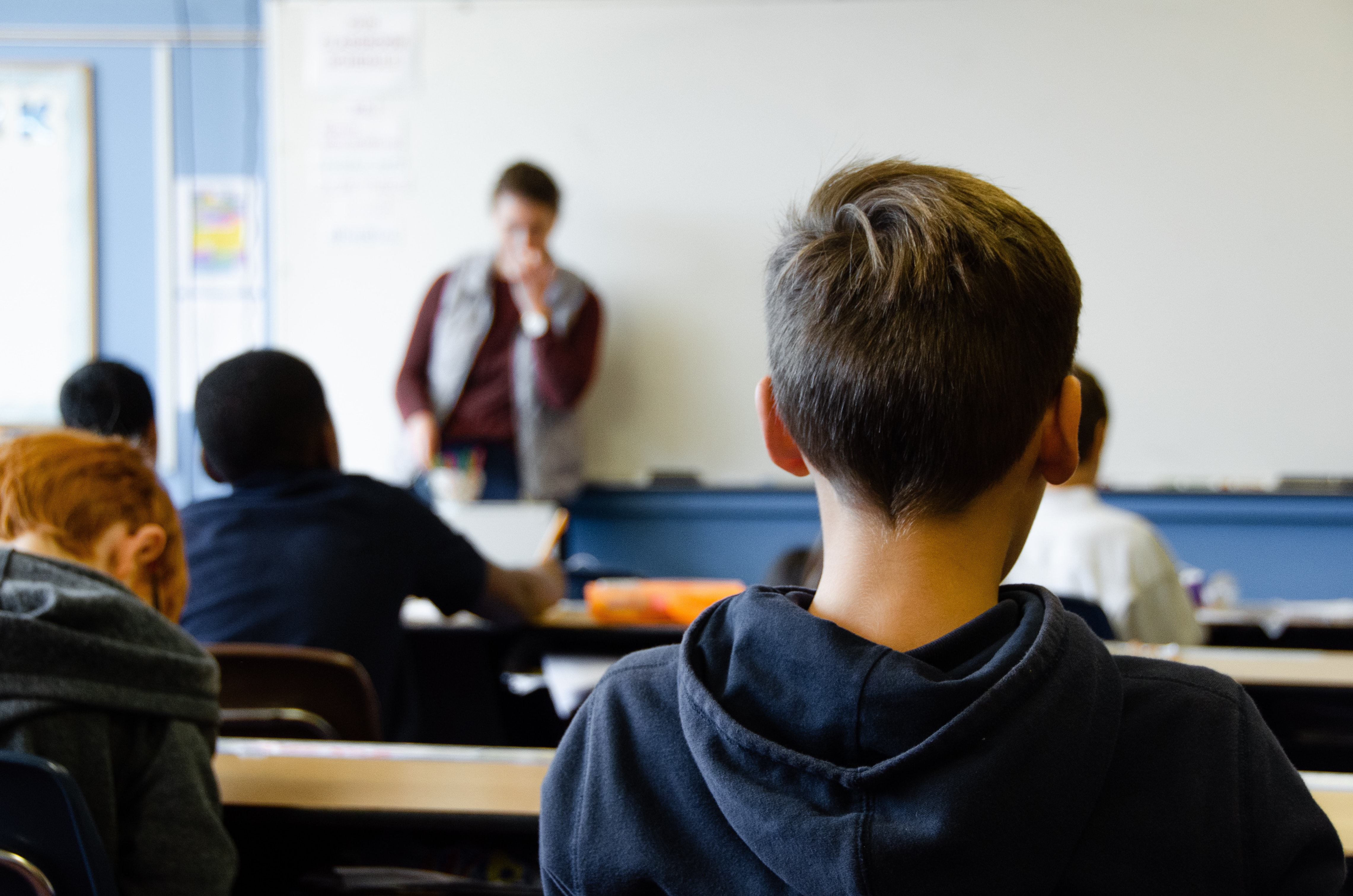
Education
The National School Climate Survey and studies from the Human Rights Campaign shows:
Gay teens in U.S. schools are often subjected to such intense bullying that they’re unable to receive an adequate education. LGBT youth identified bullying problems as the second most important problem in their lives, after non-accepting families, compared to non-LGBT youth identifying classes/exams/grades. [1]
LGBT youth who reported they were frequently harassed in school had lower grade point averages than students who were less often harassed. [4]
One survey revealed that more than one-third of gay respondents had missed an entire day of school in the past month because they felt unsafe there.[4]
LGBT youth feel they have nowhere to turn. Sixty percent of LGBT students did not report incidents to school staff. One-third who reported an incident said the staff did nothing in response. [4]
Suicide statistics
LGBTQ+ youth are 4 times more likely to attempt suicide than their heterosexual peers. Let that sink in. Bullying, hate speech, discrimination, and/or physical assault are so cruel, so unbearable that a child would rather stop living than exist one more day in their tortured environment.
Within the LGBTQ+ community, The Trevor Project found that 29 percent of LGBTQ+ middle school students who were bullied attempted suicide in the past year, compared to 12 percent who did not experience bullying. For high schoolers, 25 percent who were bullied attempted suicide, compared to 10 percent of those who did not report being bullied.
They also found that 32 percent of transgender and nonbinary young people who were bullied attempted suicide, compared to 14 percent who were not bullied. This compares to the 19 percent of cisgender LGBTQ young people who attempted suicide. About 7 percent of cisgender LGBTQ youth who were not bullied attempted suicide in the past year.

Long-term effects
Not surprisingly, even with support and intervention, the effects of bullying on our LGBTQ+ kids can last decades. Studies performed in Finland, the UK, and the University of Arizona found that general depressive disorder, general and acute anxiety, and stress management are higher in LGBTQ+ adults who were bullied as adolescents. Knowing this information can help a mental health professional guide the healing process.
How to Help Prevent LGBTQ+ Bullying
In an interview with Healthline, Amy Green, Ph.D., vice president of research for The Trevor Project, said “the creation of safe and supportive schools” is a critical next step in halting this growing problem for middle and high schoolers. So, what can we do to not only halt but reverse these high rates of bullying across the spectrum of American LGBTQ young people? Thankfully, there are tips and resources for helping both in the moment and for future prevention.
This is What You Can Do Right Now
Recognize signs of distress and be a listening ear or facilitate professional support. Listening, showing empathy, and helping them with a plan for safety are the three most important initial steps you can take.
Green asserts that “every young person deserves to feel safe and respected in school without fear of being bullied.” It’s a major quality of life issue that should be the norm. “When bullying does occur, it can be scary or embarrassing to ask for help,” she said. “Please know that you are not alone, and reaching out for help is a brave thing to do.”
Read more on Healthline
Advocate that your school establish zero-tolerance policies for LGBTQ+ bullying and harassment. Identify “safe spaces,” such as a counselor’s office, teacher’s classroom, etc. where an LGBTQ+ student can receive support.
Use inclusive language; do not make assumptions. Understanding and using both correct language and pronouns shows an LGBTQ+ person respect and that you want to support them. You will make mistakes, but it is better that you show curiosity and put forth the effort, than to stay silent and communicate disinterest.
Make sure LGBTQ+ youth have access to community-based providers who have experience providing health services, including medical, counseling, social, and psychological services as well as HIV/STI testing for LGBTQI+ youth.
Dr. Jack Turban, a chief fellow in child and adolescent psychiatry at Stanford University School of Medicine, recently said in an email to Healthline,
“One of the most effective ways to prevent mistreatment of minoritized people is through experiential learning: having students meet or watch videos about LGBTQ peers and their life experiences.”
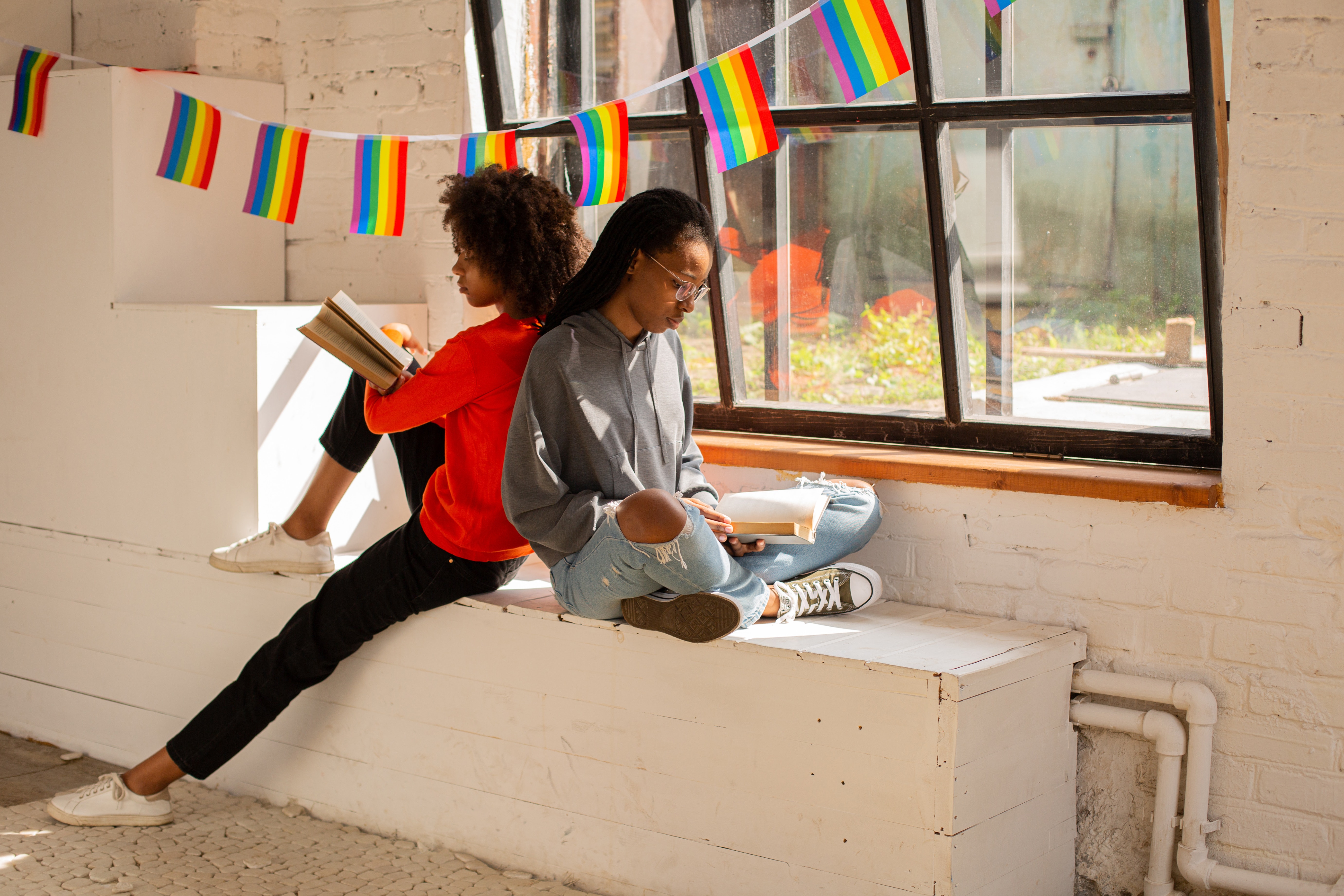
This is What You Can Do to Help Prevent Bullying in the Future
Find out if your child’s school has a club that supports gay-straight alliances (GSAs). Students who attended schools with GSAs reported fewer homophobic remarks, more intervention from school personnel, and a greater sense of connectedness.
Encourage educators to be supportive and affirming. Share resources and education with them. LGBTQ+ students who report having six or more supportive staff members in their lives had higher GPAs. Gay, Lesbian, and Straight Education Network (GLSEN) is an incredible resource.
Build a health curriculum that includes education for all sexual orientations and genders, ie. STD/STI education, pregnancy prevention, safety, and body respect and positivity.
Find out what comprehensive bullying/harassment policies and laws are in place in your city and state. It is no surprise that there is a direct correlation between staff intervention and comprehensive bullying/harassment policies.
It is important that our LGBTQ+ youth know that they are not alone. Validate their experiences and connect them with positive resources.
Subscribe to my newsletter and podcast for in-depth information, educational conversations, and links to my favorite resources.
For a more personal experience and personalized support, contact me to learn more about my coaching services.
Get In Touch
Loving and raising an LGBTQ+ child is a very special journey that comes with very specific joys and challenges. It is vital - not to mention time, money, and potentially life saving - to work with someone who has traveled a similar path.
Here is why - in additional to the benefits of that person's life experience and the knowledge that comes along with it, you also get empathy, validation, and someone who can hold space for you.
Looking for a speaker or presenter on the topic of LGBTQ youth or allyship for your organization or event? You're in the right place!
I have intense life experience on the topic coupled with hundreds of hours consulting with professionals.
Audiences appreciate my raw and empathetic approach.
Parents and allies appreciate the relevant information and stories that provide them with education, tools, and strategies as well as the knowledge that they are not alone!
WORK WITH ME
You are likely on this page because your child or a loved one has recently come out as lesbian, gay, bisexual, transgender, queer, or another sexual orientation or gender identity and you are looking for resources and tools. I know the joys and challenges of parenting an LGBTQ child.
Or, maybe you’re here because your company or organization is looking for someone
to lead LGBTQ+ Allyship workshops or speaking events. I can help you with that!
Don’t panic. Take a deep breath. You are in the right place. I’ve been where you are. I’ve felt the shock, the joy, the terror, the growth, the unconditional love, the fierce mama bear response. It’s A LOT! And, it can be challenging to find support, guidance, resources, and education. That’s why I’m here.
WHAT PEOPLE ARE SAYING ABOUT HEATHER

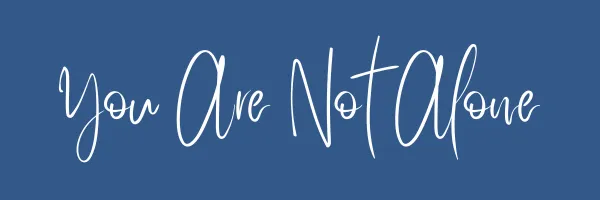
ABOUT
CONTACT
Looking for tips, tools, and strategies along with a little peace of mind? I invite you into the Chrysalis world!
I am grateful for all who have asked how they can help further this mission!
© 2024 Chrysalis Mama • All Rights Reserved
